Writing for the World Economic Forum in connection with its Sustainable Development Impact Summit, Bruce Jones argues that”if the US and China, and some of their respective partners, come increasingly to see the developing world as a zone of competition or even rivalry, it will likely be injurious to the development effort as a whole.”
Through much of the Cold War, international development was simultaneously an important policy objective in its own right, and an arena of superpower competition. That era’s titanic struggle between the Soviet Union and the United States, was among other things, a competition over models – between market-oriented democracy on the one hand, and communist economics and single party rule on the other.
Neither power limited their patronage to states whose governance aligned with their own, but both sought, when they could, to extend the range of their model and to form or consolidate ideological allies. In short, development policy was one part of a wider effort to forge and defend spheres of influence.
As the Cold War receded, so too did this ideological competition. In the absence of a competitor or an alternative, the West had a free hand to argue for its own model, and also commanded most of the influence in the instruments of its promulgation, including international organizations and multilateral development banks.
The post-Cold War period began with an expansive version of liberal economics being exported to the developing world by international financial institutions – to wit, the “Washington Consensus”. Over time, however, more and more weight shifted to a genuine focus of poverty reduction and to national ownership of development strategy. The Millennium Development Goals marked an important step in this direction and were followed by ever deeper policy engagements between donors and recipients, and ultimately a shift towards a more genuine model of partnership. All this culminated in the Sustainable Development Goals (SDGs), which took the concept farther, recognizing universal dimensions to the development agenda that even wealthy countries had to tackle, like inequality and sustainability.
But even as the SDGs were being negotiated, the geopolitical landscape was shifting.
At first, those dynamics were largely benign. Most important was the rise of the “emerging” powers, which resulted in more than a billion people being pulled out of poverty, in as many as 60 countries, moving from lower income to middle income or lower middle-income status; and in reduced political imbalances in the international system. During the global financial crisis, it seemed like these changes might actually herald a new multipolarity aligned with a vibrant multilateralism.At the same time, however, a mounting arms race in North Asia, a growing American sense of loss of influence, rising Chinese assertiveness, and Russia’s sense that it had in front of us a moment of opportunity to weaken the West, all combined to generate a growing set of tensions among the world’s top military powers. Flashpoints in Eastern Europe and East Asia deepened the tensions. Still, for a while, those tensions were confined to the strategic sphere. An overarching sense of shared interest in economic growth led to a continuation of cooperation, notably through the new G-20 arrangements. The development agenda and the SDGs were not afflicted by strategic tensions.
More pernicious geopolitical dynamics began to emerge in the wake of three events: the Arab spring; the Maidan uprising in Ukraine; and the Japan/China near-clash over the Senkaku islands. A dynamic of tension and competition verging into rivalry began to take hold of great power politics. Since then, these tensions have crept into many areas of international policy life – in technology, to be sure, especially around competition over 5G and undersea data cables; to a more limited extent (so far), in energy politics; certainly in trade relations. (And even, recently, in an instrumentalization of global public health issues.) And now potentially development issues as well.
At the far end of the spectrum, some see the development issues as part of a mounting ideological competition between the two top powers in the world, the United States and China. Ideology is not yet the common or standard reference to the nature of the competition between China and the United States. Nor would it be obvious what these two powers would be competing for. But increasingly, some in the West argue that China’s consolidation of its own one party system, constitutional changes in the 19th People’s Congress, and increasingly tight government control of key sectors of the economy (especially technology) means that we are now not looking at simply a variation of state capitalism, but a different economic model altogether – and one that is injurious to both market economics and to the spread of democratic or liberal values. This, combined with tensions around the spread of Chinese technologies and the export of Chinese technologies for expansive state surveillance have increasingly given an ideological cast to US-China competition.
An alternative explanation is simple commercial competition. Tom Donilon, far from the most hawkish US official who has dealt with China, has argued that “China’s high-tech mercantilism threatens US economic competitiveness and national security.” The issue here is that development is no longer a question of a transfer of funds from the wealthy to low-income countries. Rather, with the crucial role of large middle-income countries, the question of development is now closely tied to overall global economic growth, and thus to the foreign economic policy of the world’s largest markets.
Perhaps the simplest explanation is the most compelling: that China (with some support from Russia and others) and the United States (with some support from its democratic allies) are each seeking to defend or widen their zones of influence. Not “spheres of influence” in the classical sense (which are typically regionally bound), but in a broader sense of “soft power arrangements” that can advance diplomatic interests, votes in international institutions, trade arrangements, port and infrastructure arrangements, and other dimensions of influence. In China’s case, one goal is to limit criticism of China’s own governance and to limit the ability of foreign actors to impede China’s growth; a more expansive version pertains to its growing desire to build out its network of influence as well as its literal network – of ports and points of connectivity.
But even this approach has governance implications; as Nigerian scholar Ken Opalo has argued: “China’s economic forays into Africa have significantly altered the incentives for adhering to democratic norms from the perspective of African leaders.”
All this may not directly impede the SDGs per se, as they are relatively silent on governance models – only SDG 16 explicitly refers to justice and rule of law institutions. And there are some silver linings here. Relative to the dynamics of the Cold War, many of the countries in question have both grown economically and developed institutionally, and are more able to defend their own interests and their own national strategy than was true during the height of the Cold War. Regional organizations, far more sophisticated now than in previous decades, are also playing an important role in keeping the most pernicious policy instincts of the major powers in check.
Still, if the US and China, and some of their respective partners, come increasingly to see the developing world as a zone of competition or even rivalry, it will likely be injurious to the development effort as a whole. (Already we have seen the return of proxy war dynamics in some fragile states.) It will take a combination of restraint on the part of the top powers and deeper effort on the part of more constructive middle powers and of multilateral institutions, to prevent the development agenda from becoming yet another victim of mounting geopolitical tensions.
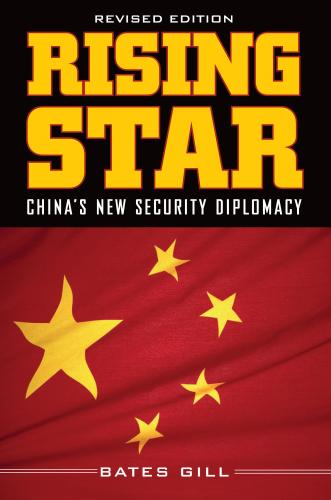
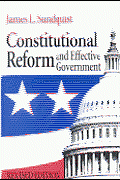
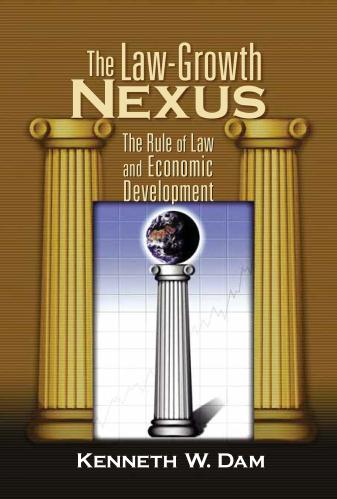

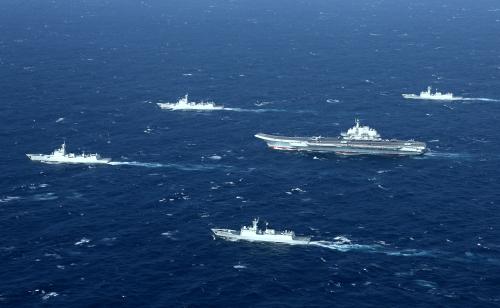



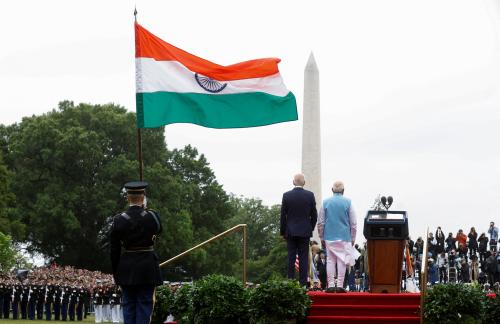
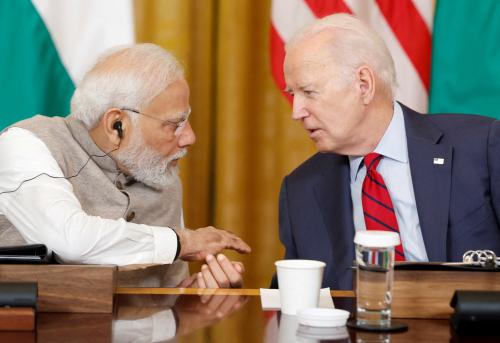
Commentary
How US-China tensions could hamper development efforts
September 17, 2020